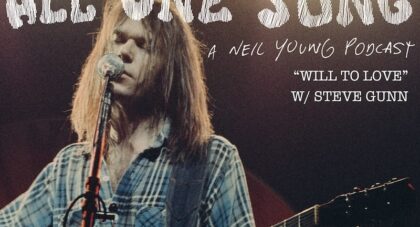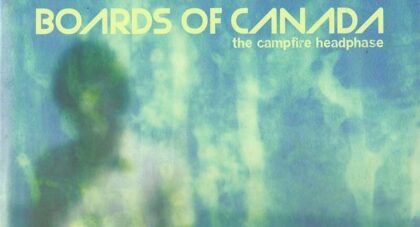It’s a golden age for Dylan fanatics – and a gluttonous age as well. For the past few years, like clockwork, we’ve been gifted with massive boxed sets that unravel – and somehow deepen – the mystery and magic behind the songwriter’s storied career. Have any of us truly absorbed the 18 discs of 1965-1966 studio recordings that make up The Cutting Edge? Or the hours upon hours of fiery Dylan and the Hawks tapes found on The Live 1966 Recordings? Or the revelatory sounds of last year’s Trouble No More? Even the most die-hard Dylanologist among us may be feeling overwhelmed at this point (and I haven’t even mentioned the so-called “copyright dumps” of recent years). But these archival releases are still vital pieces of the Dylan puzzle – whether you get to them today, tomorrow or five years from now.
So: Have I managed to absorb the new (hilariously titled) More Blood, More Tracks: The Bootleg Series Vol. 14? Hell no. But I have listened to it and can share some impressions.
Only the good shit. Aquarium Drunkard is powered by its patrons. Keep the servers humming and help us continue doing it by pledging your support.
To continue reading, become a member or log in.


